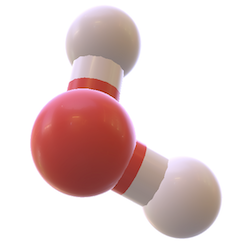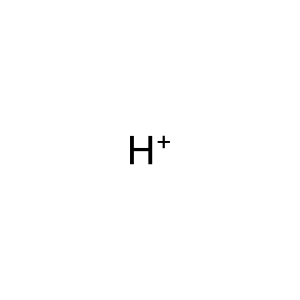Reaction: MATEs mediate extrusion of xenobiotics
The human gene family SLC47 encodes 2 multidrug and toxin extrusion (MATE) proteins. Mammalian MATE-type transporters are responsible for the final step in the excretion of metabolic waste and xenobiotic organic cations in the kidney and liver through electroneutral exchange of H(+).
MATE1 is primarily expressed in the kidney and liver, where it is localized to the luminal membranes of the urinary tubules and bile canaliculi. When expressed in HEK293 cells, MATE1 mediates H(+)-coupled electroneutral exchange of various drugs (Otsuka M et al, 2005). MATE2 is a human kidney-specific H+/organic cation antiporter that is responsible for the tubular secretion of cationic drugs across the brush border membranes (Masuda S et al, 2006). Substrates for both MATEs include tetraethylammonium, 1-methyl-4-phenylpyridinium, cimetidine, metformin, creatinine, guanidine and procainamide (Tanihara Y et al, 2007).
MATE1 is primarily expressed in the kidney and liver, where it is localized to the luminal membranes of the urinary tubules and bile canaliculi. When expressed in HEK293 cells, MATE1 mediates H(+)-coupled electroneutral exchange of various drugs (Otsuka M et al, 2005). MATE2 is a human kidney-specific H+/organic cation antiporter that is responsible for the tubular secretion of cationic drugs across the brush border membranes (Masuda S et al, 2006). Substrates for both MATEs include tetraethylammonium, 1-methyl-4-phenylpyridinium, cimetidine, metformin, creatinine, guanidine and procainamide (Tanihara Y et al, 2007).
Reaction - small molecule participants:
H+ [cytosol]
H+ [extracellular region]
Reactome.org reaction link: R-HSA-434650
======
Reaction input - small molecules:
hydron
Reaction output - small molecules:
hydron
Reactome.org link: R-HSA-434650

